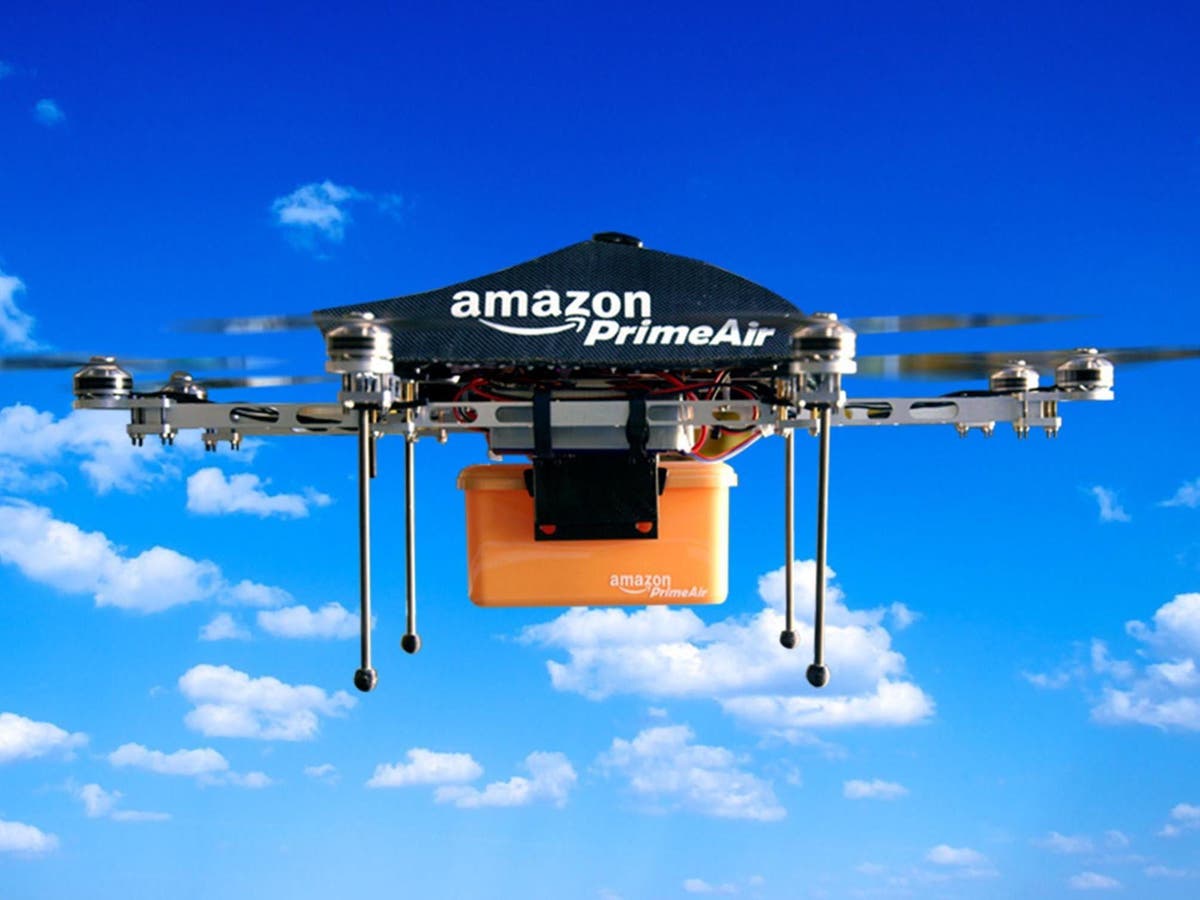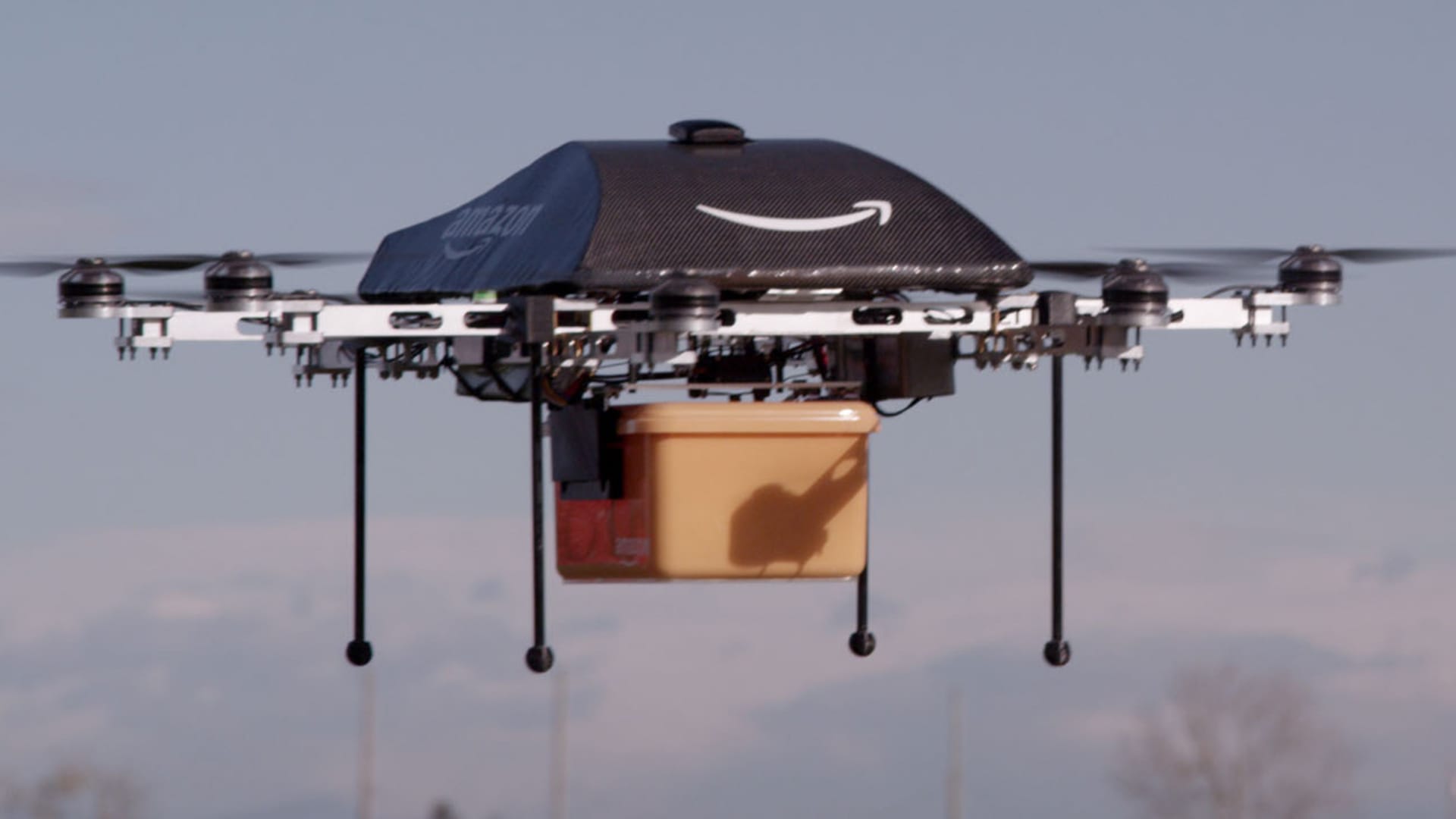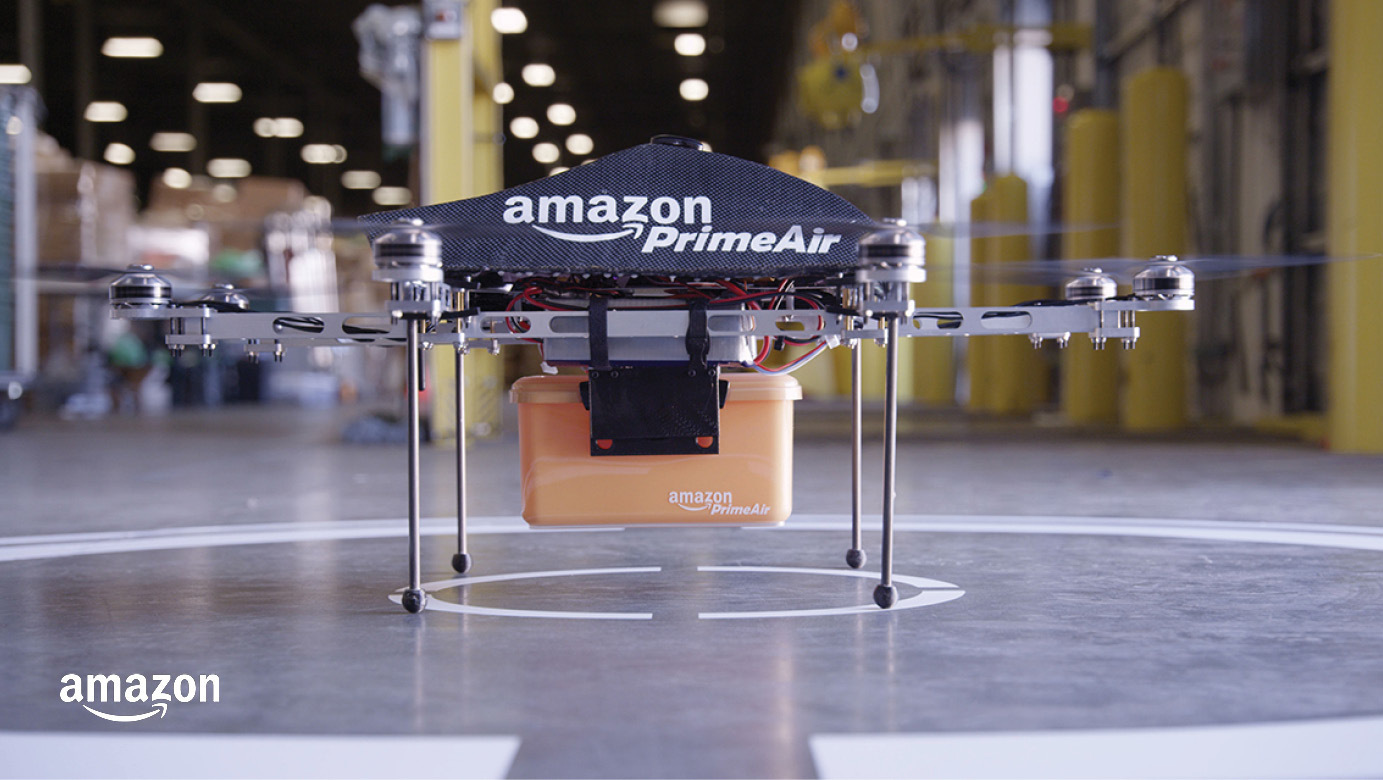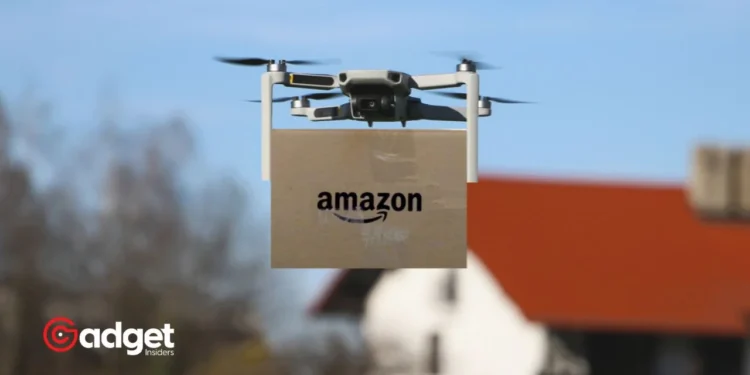Amazon has officially ceased its drone delivery operations in California, a surprising move for the tech giant which had been experimenting with the service since 2022. The closure of its Lockeford delivery site marks a significant shift in the company’s strategy towards drone logistics.
Although this phase of their program has ended, Amazon is ensuring that the affected personnel will not be left behind, offering them positions at other sites within the organization. This decision hints at the complexities and challenges inherent in deploying such cutting-edge technology in populated areas.

Phoenix Rises as the New Drone Delivery Hub
As one door closes, another opens; Amazon is not stepping back from its ambitious drone delivery goals. The company is set to launch its drone delivery service in the West Valley of the Phoenix Metro area later this year. This initiative, deploying drones from facilities near its Tolleson fulfillment center, marks the first time Amazon will fully integrate drone deliveries into its existing logistics network. The anticipation is high as this new method promises to expedite the fulfillment and delivery of purchases, revolutionizing how customers receive their orders.
Amazon’s plans in Phoenix have garnered support from local authorities, including Phoenix Mayor Kate Gallego. The mayor praised the initiative, stating, “Drone deliveries are the future,” and expressed optimism about the role this technology could play in reducing local pollution and solidifying Phoenix’s reputation as a hub for innovative technology.
Amazon $AMZN is winding down its drone delivery operations in Lockeford, California, one of the earliest US test sites
Amazon said it plans to bring drone deliveries to more U.S. cities, including part of the Phoenix area, later this year – CNBC pic.twitter.com/lCPxJDcLqr
— Evan (@StockMKTNewz) April 22, 2024
Navigating Regulatory Challenges
Despite the excitement, the rollout of drone deliveries in Phoenix does not have a set launch date. Amazon is currently navigating the complex process of obtaining the necessary permits from the Federal Aviation Administration (FAA) and coordinating with local officials. The regulatory landscape has proven to be a tricky field for drone operations, with stringent rules that often limit drones from flying over roads or populated areas without specific permissions. These restrictions have historically hindered Amazon’s ability to scale up operations quickly.

Expansion and Evolution of Drone Technology amazon
Even with these challenges, Amazon remains undeterred in its pursuit of advanced drone delivery solutions. The company continues to refine its technology, testing the next-generation MK30 drones that boast double the flight range of their predecessors. This enhancement could significantly expand the operational capabilities of Amazon’s drone service, promising a future where drone deliveries become a common sight.
Moreover, Amazon has revealed plans to expand drone deliveries to more locations across the United States in the upcoming year. This ambitious expansion reflects the company’s commitment to overcoming the hurdles it has faced and adapting its strategies to meet the evolving demands of e-commerce logistics.

Amazon’s Flexible Approach: Pioneering Drone Delivery Technology
While the transition involves scaling back operations in some regions, it opens up new opportunities in others, highlighting Amazon’s flexible approach to pioneering technologies.
As drone deliveries continue to evolve, they hold the potential to redefine the logistics landscape, offering faster, more efficient delivery solutions while also addressing environmental concerns.
As we watch these developments unfold, the integration of drone technology in commercial delivery services could very well set a new standard for the industry.










